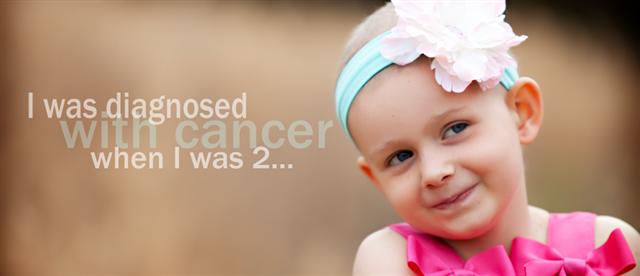Coffee lovers may live longer than those who don’t imbibe — with lower risks of early death from heart disease and neurological conditions such as Parkinson’s disease, a large U.S. study finds.
Researchers said the study, published online Nov. 16 in Circulation, adds to a large body of evidence on the good side of coffee.
People often think of coffee-drinking as a bad habit that they need to break, said study leader Dr. Frank Hu, a professor of nutrition and epidemiology at Harvard School of Public Health in Boston.
But, Hu said, many studies have linked moderate coffee intake to lower risks of developing various diseases — from heart disease and diabetes, to liver cancer, to neurological diseases such as Parkinson’s, multiple sclerosis and Alzheimer’s.
His team’s study, funded by the U.S. National Institutes of Health, adds another layer of evidence. It found that coffee drinkers were not only less likely to develop certain diseases — they also tended to live longer.
Over 30 years, nonsmokers who drank three to five cups of coffee a day were 15 percent less likely to die of any cause, versus nondrinkers. Specifically, they had lower rates of death from heart disease, stroke, neurological conditions and suicide.
Both regular coffee and decaf were linked to longer survival, the study found.
None of that proves coffee, itself, extends people’s lives or directly protects against certain diseases, Hu said. Other factors might explain the connection.
But, Hu added, his team did account for many of those factors. And the coffee benefit remained.
The findings are based on more than 200,000 U.S. doctors, nurses and other health professionals who were surveyed repeatedly over almost three decades. During that time, almost 32,000 study participants died.
It turned out that people who drank one to five cups of coffee at the outset had lower odds of dying during the study period when other lifestyle habits and certain health problems, such as high blood pressure and diabetes, were taken into account.
The relationship grew stronger when the researchers looked only at nonsmokers: Those who drank three to five cups of coffee a day were 15 percent less likely to die during the study period, compared with adults who didn’t drink coffee. Lower risks were even seen among the heaviest coffee drinkers (more than five cups a day), who had a 12 percent lower death risk than nondrinkers.
“The body of evidence does suggest coffee can fit into a healthy lifestyle,” Hu said.
That evidence, Hu noted, has already been incorporated into the latest U.S. dietary guidelines, which say that a healthy diet can include up to three to five cups of coffee a day.
But overall lifestyle is key, Hu said. That is, there’s a difference between a person who gets little sleep, then uses coffee to function during the day, and a person who sleeps well, exercises, and eats a balanced diet that includes some coffee.
Alice Lichtenstein, a spokesperson for the American Heart Association, agreed.
“This doesn’t mean you should start drinking coffee in the hopes of getting health benefits,” said Lichtenstein, who is also a professor of nutrition science and policy at Tufts University in Boston.
But, she added, the new findings build on years of evidence that coffee is not the bad guy many believe it is. “There’s this lingering idea that coffee must be bad for you because it’s enjoyable,” Lichtenstein said. “It’s almost like we’ve been trying to find something wrong with it.”
There are caveats, though. “You do need to be careful about what you’re putting in your coffee,” Lichtenstein pointed out. Some milk is fine, she said, but watch the sugar and heavy cream.
And why would coffee be related to health benefits? It’s not clear from this study, Hu said, but other research has suggested that compounds in coffee can reduce inflammation, act as antioxidants, and improve blood sugar regulation, among other things.
Also, when it comes to some neurological conditions, such as Parkinson’s disease, Hu said, there’s evidence that caffeine offers benefits.








